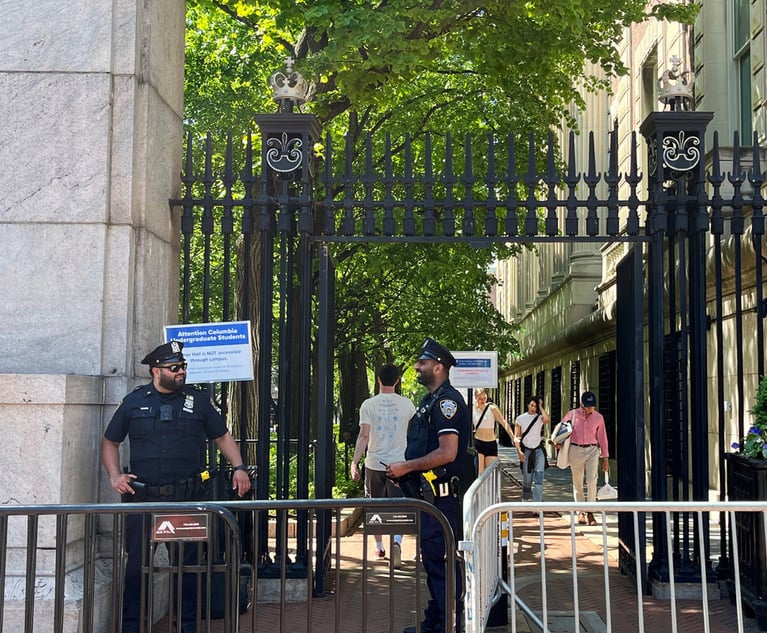Francisco Goya (1746-1828) in Spain and Honore Daumier (1808-1879) in France are the two artistic masters in the western world whose paintings, prints, etchings, engravings and drawings most powerfully depict the related subjects of law and politics. Both lived their subject matter: an impoverished Spain that Napoleon invaded in 1808, followed with his defeat in 1814 by an insipid and cruel Spanish monarchy; and, in France, the revolutions of 1830 and 1848, the dictatorship of Napoleon III, and the Franco-Prussian War of 1870. Given the multitude of these horrific events and conditions, which included an enfeebling corruption endemic in both countries, is it any wonder that both produced thousands of works?
Goya’s court career began in 1774-75 when he was commissioned to paint tapestry cartoons which were then woven by the Royal Tapestry Factory of Santa Barbara. Goya’s cartoons mostly portrayed a joyous rural peasant life—Madrid’s court couch-potatoes obviously deluding themselves about the scope of royal benevolence.
This content has been archived. It is available through our partners, LexisNexis® and Bloomberg Law.
To view this content, please continue to their sites.
Not a Lexis Subscriber?
Subscribe Now
Not a Bloomberg Law Subscriber?
Subscribe Now
LexisNexis® and Bloomberg Law are third party online distributors of the broad collection of current and archived versions of ALM's legal news publications. LexisNexis® and Bloomberg Law customers are able to access and use ALM's content, including content from the National Law Journal, The American Lawyer, Legaltech News, The New York Law Journal, and Corporate Counsel, as well as other sources of legal information.
For questions call 1-877-256-2472 or contact us at [email protected]


 Honoré Daumier, Lawyers and Litigants (1851), lithograph, The Phillips Collection, Washington D. C. (Wikicommons)
Honoré Daumier, Lawyers and Litigants (1851), lithograph, The Phillips Collection, Washington D. C. (Wikicommons)




